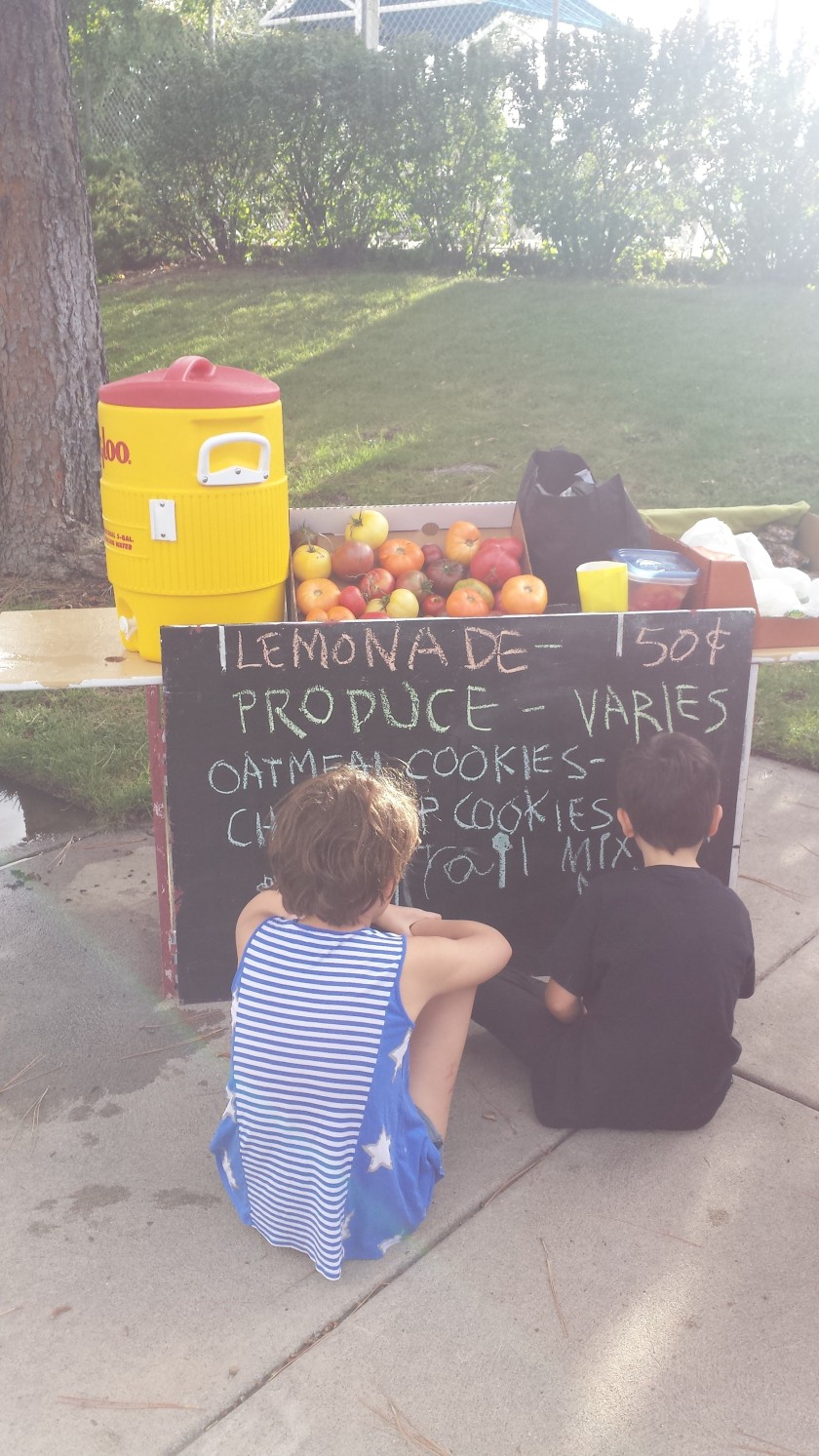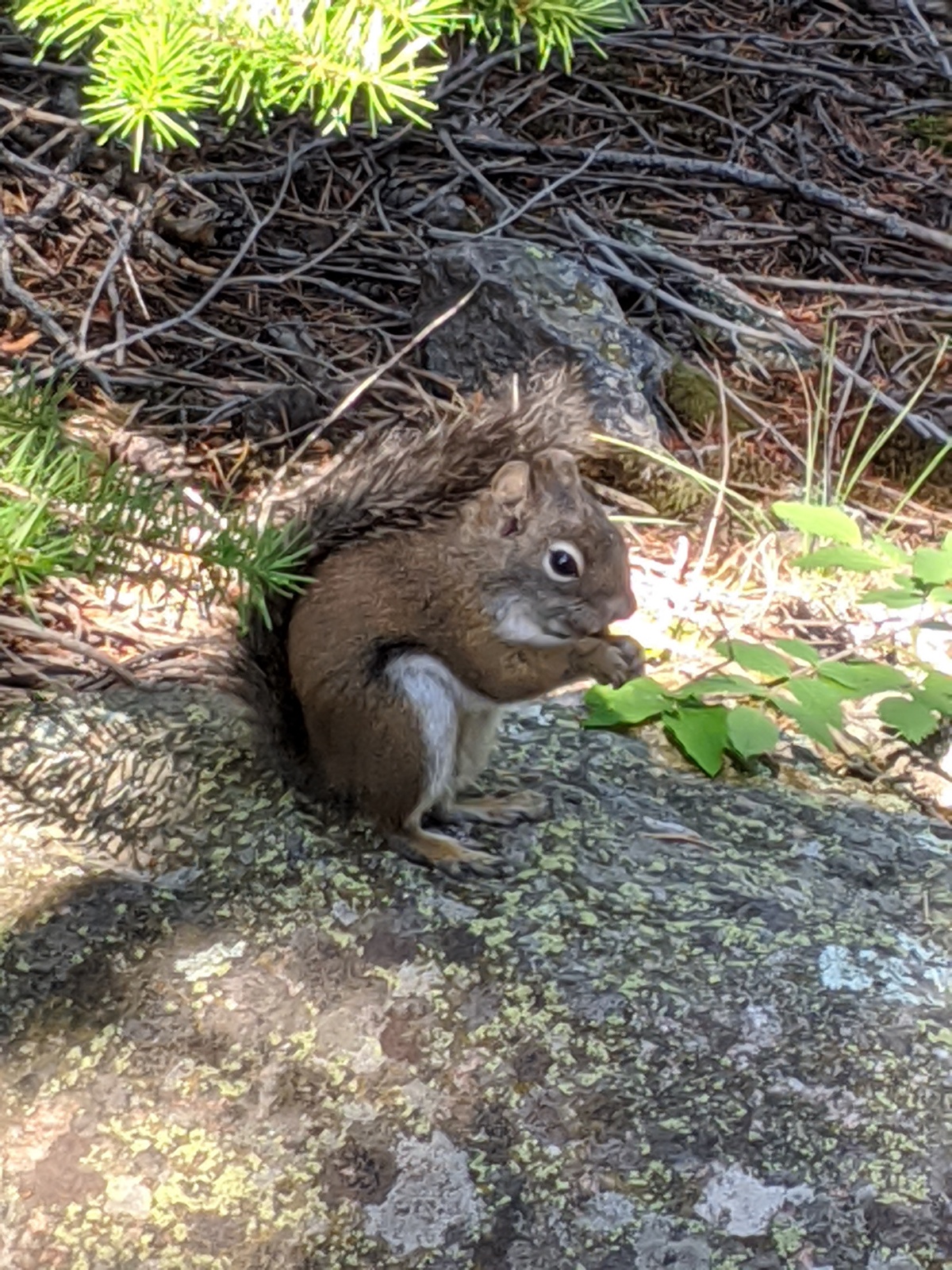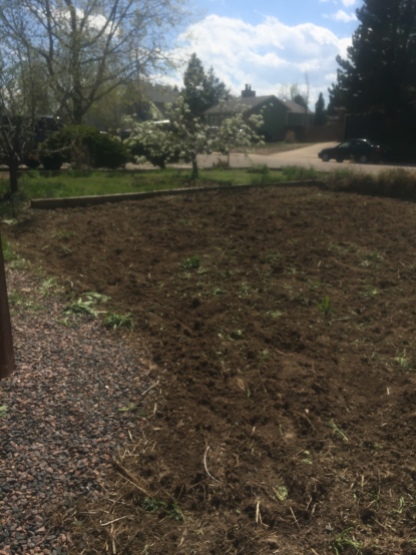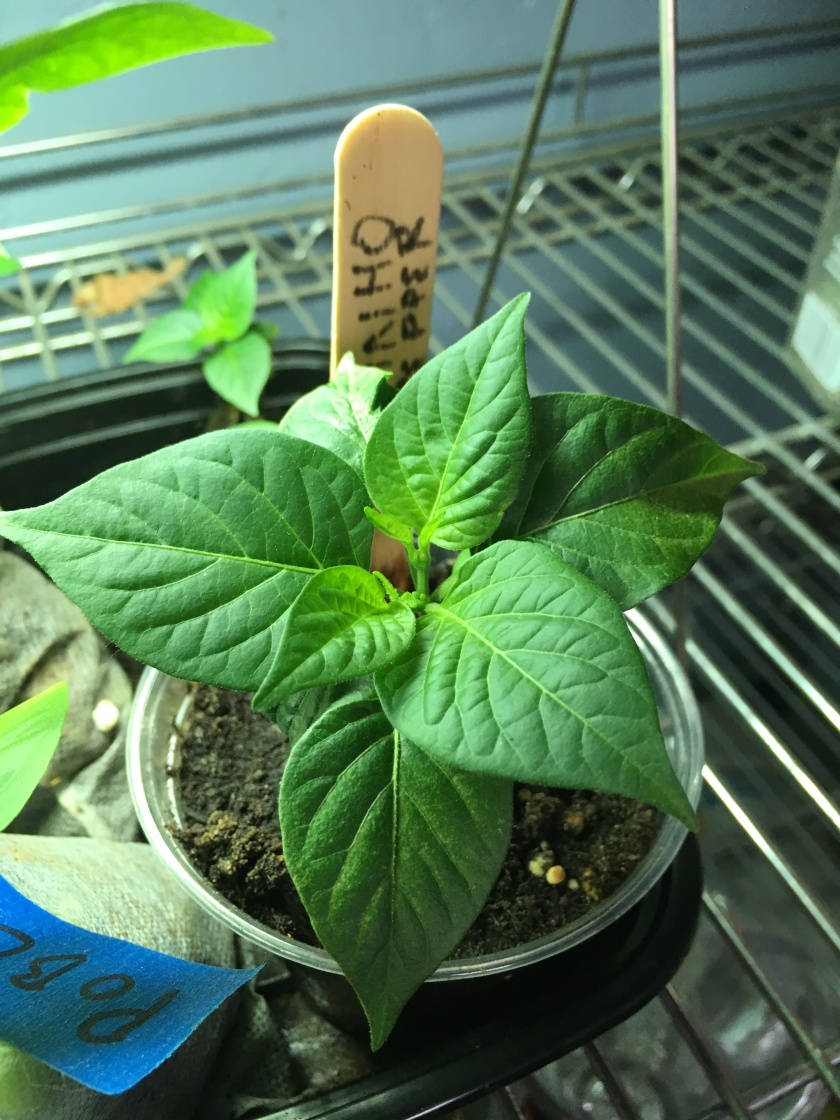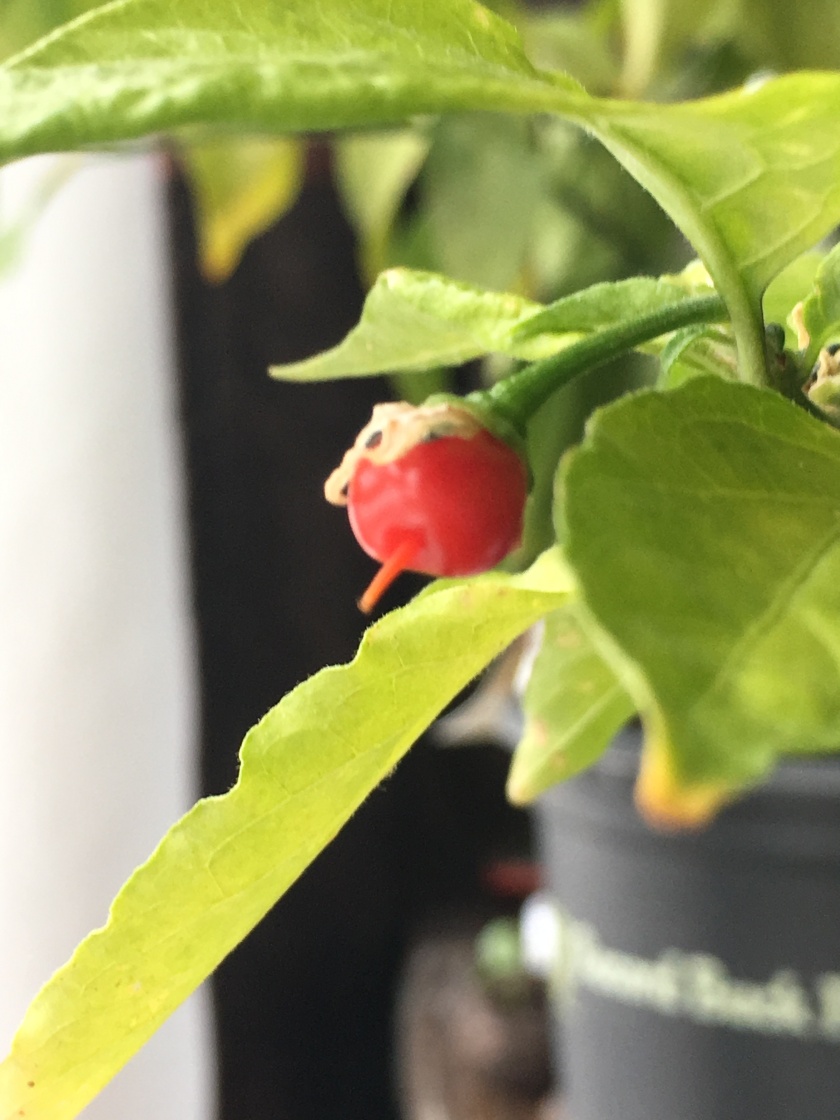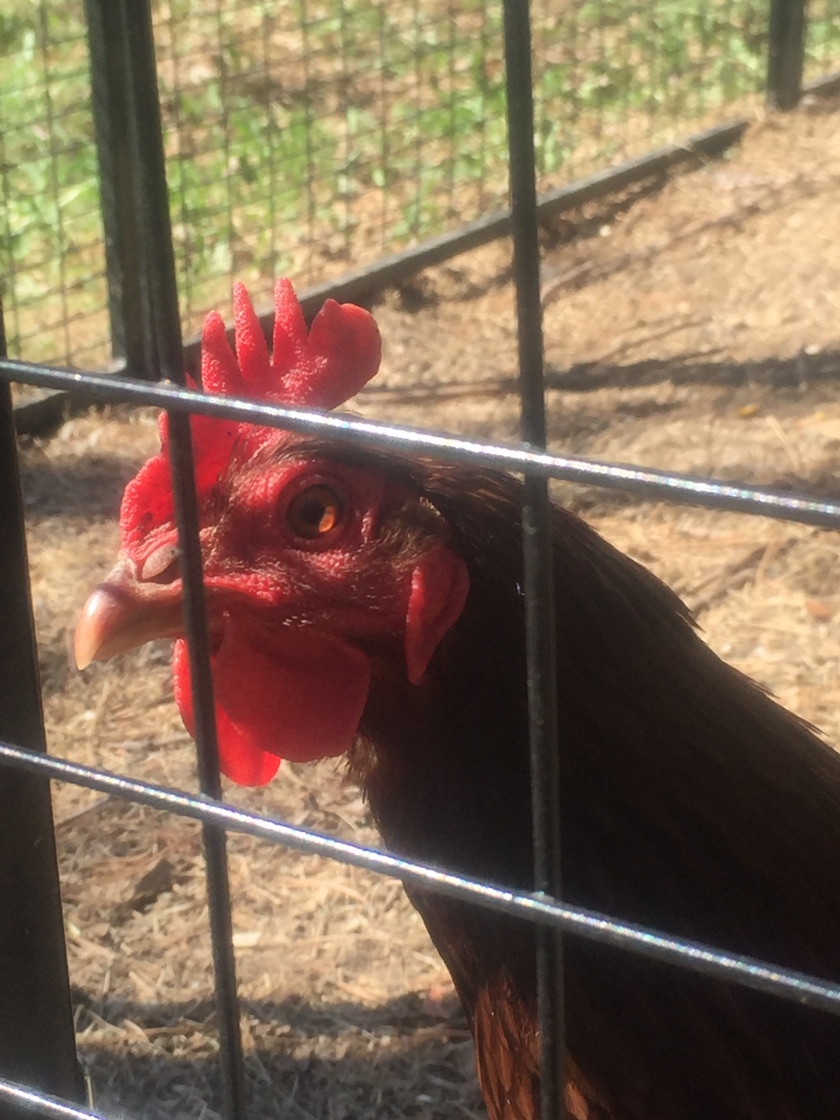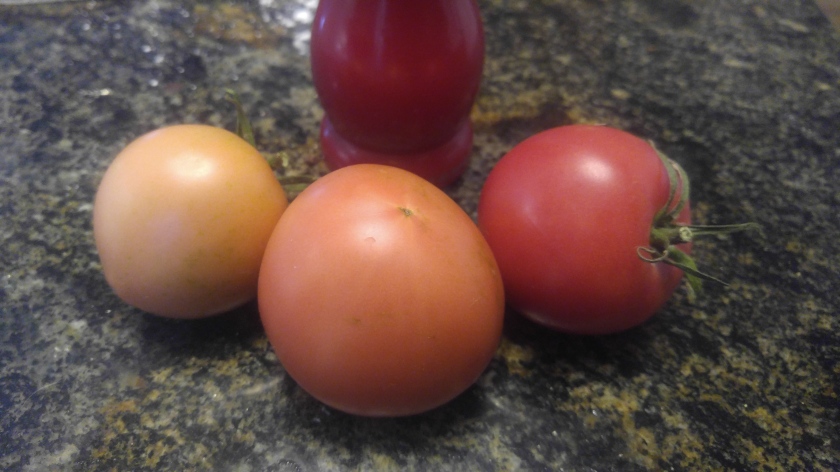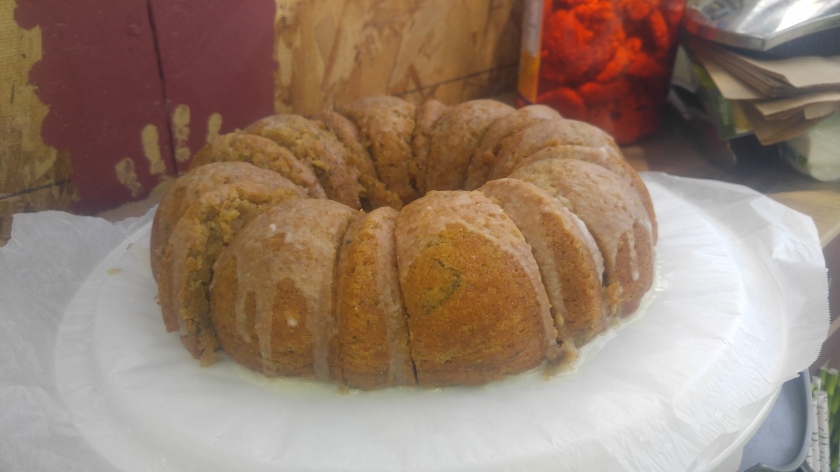Here in Colorado, suburban agriculture can be considered kind of a luxury. The soil, without amendment and nutrients, is worthless for growing those plump, colorful vegetables you see at farmers’ markets. It can go for months without raining in the summer or snow and flood in the spring and fall. Daytime temperatures can be double the nighttime lows.
It’s possible to grow a lot of food in a small space without using an unreasonable amount of water or other resources. This year I’m tracking the expenses as accurately as I can and will calculate or estimate the return on my efforts as I pick them. I grow a lot of beans, which are eaten fresh and dried, and the ornamental-looking plants produce a lot of enjoyment and nutrition in little space. Tomatoes and other nightshades are not so easy. In the past I’ve only weighed tomatoes, a good yield for one summer being 200 pounds. You could say that’s almost a thousand bucks worth of food when you consider that these types of heirloom fruits cost $4-$5 at markets (if you can find them). But that’s only a legitimate return if you sell them or would normally buy 200 pounds of heirloom tomatoes from August to October. I make damn sure we eat, share and preserve all of them, and it’s worth it. To me. But this year I’m going to look at the actual numbers and calculate some hard, cold figures. I’m not entering time as an expense, even though time is money, because I love gardening. So it’s not billable time unless I skip work to do it.
Spreadsheet tracking garden expenses and returns
